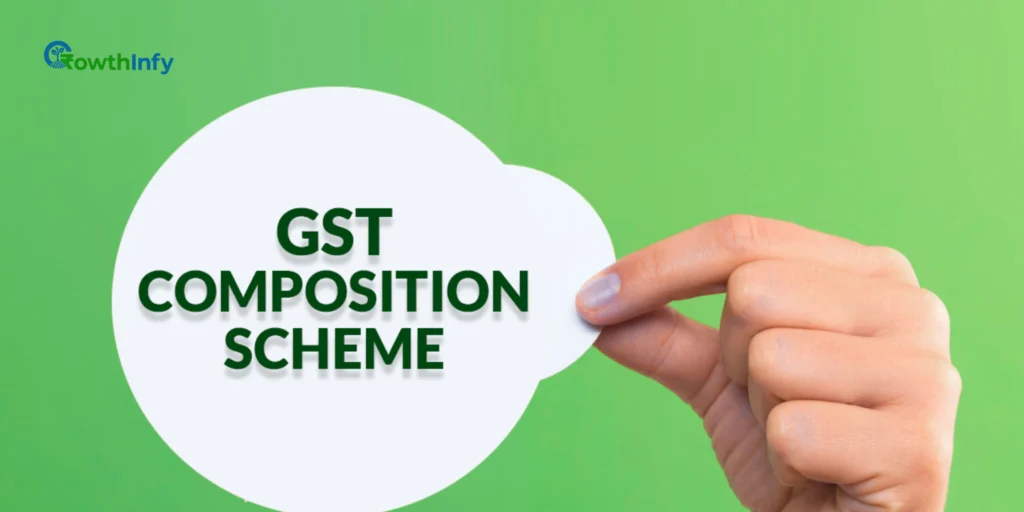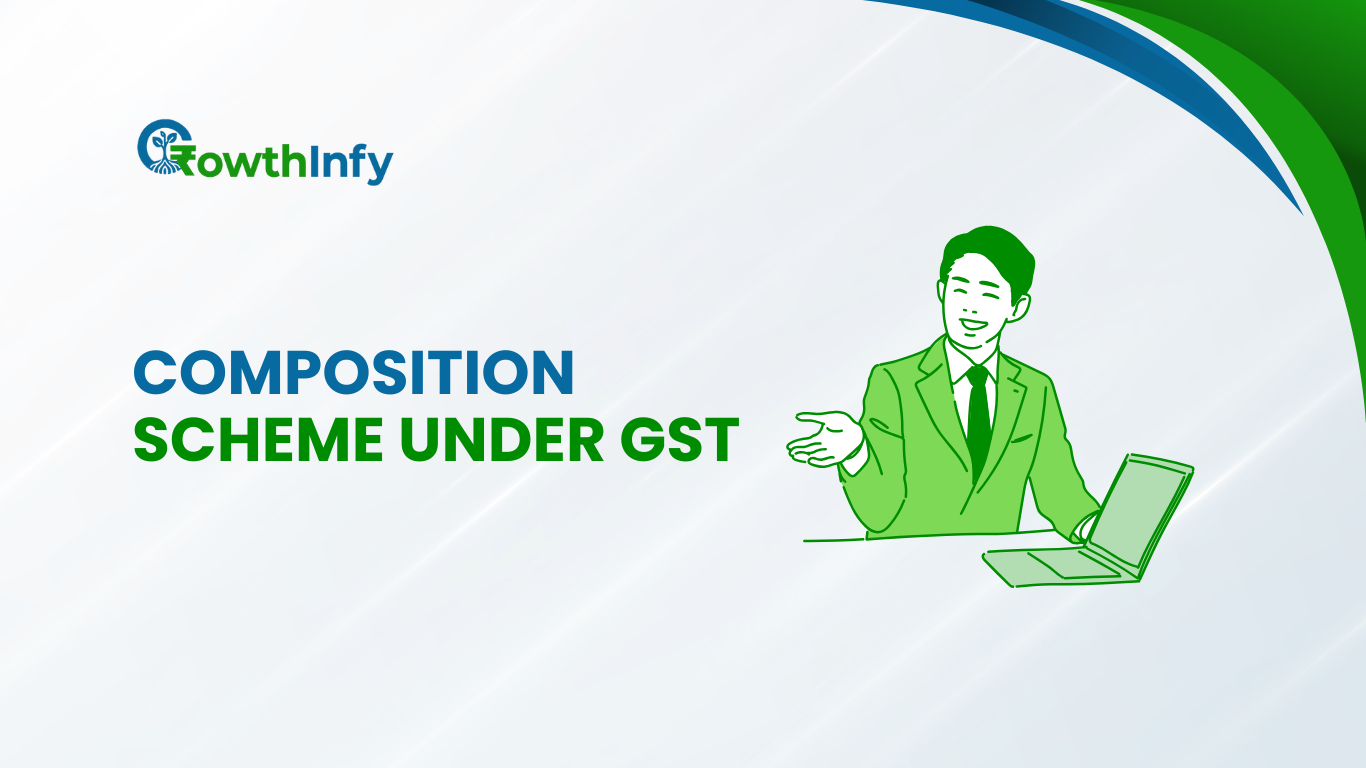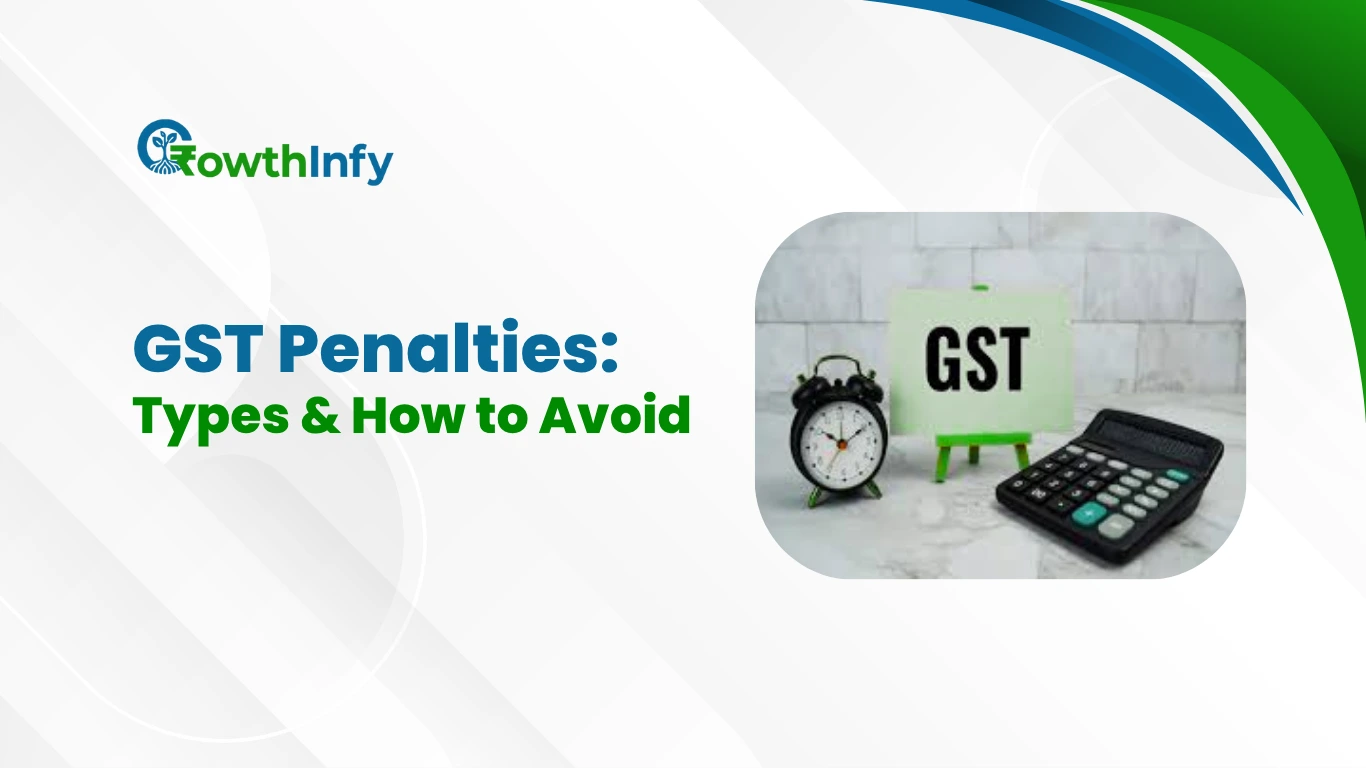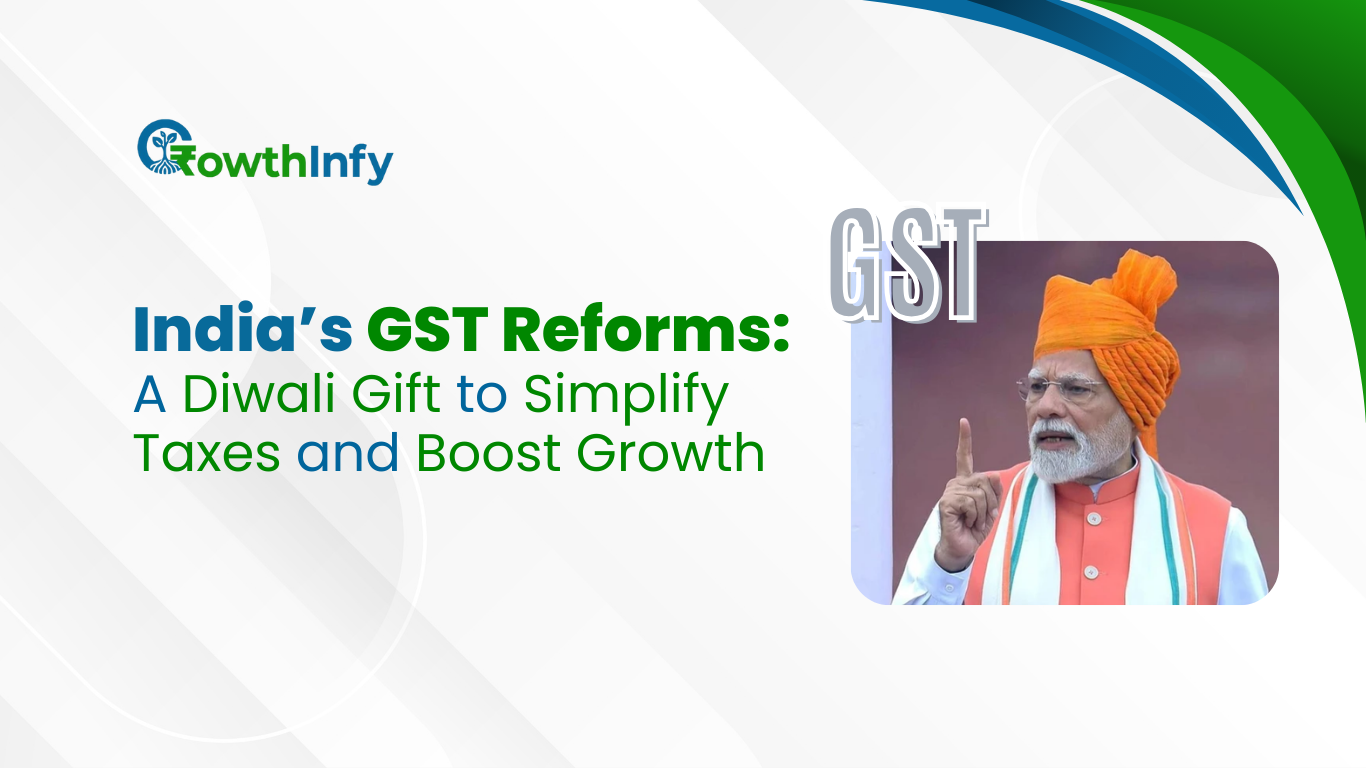GST Composition Scheme: Benefits for Small Businesses in India
By merging several taxes into a single structure, the Goods and Services Tax (GST) transformed the tax regime in India. For small businesses, the compliance burden of GST can be significant, typically because they do not have the employees to help with the compliance. The GST Composition Scheme is a simplified method of compliance intended to lessen the compliance burden of small taxpayers and ease the burden of tax compliance overall. This article will cover the interpretation, eligibility of turnover limits, and rules of the GST Composition Scheme for small businesses, and is a must-read for small business operators in India.
What is the GST Composition Scheme?
The GST Composition Scheme is a simplified tax structure according to the GST Act of 2017 for small businesses with sales turnovers below a certain threshold. Under this scheme, eligible businesses do not pay GST as a transactional tax rate of 5% to 28% for each individual sale. Instead, businesses will only pay a fixed percentage of their turnover, with rates ranging from 1% to 6% depending on the type of business activity. The GST Composition Scheme minimizes regulatory paperwork, simplifies tax calculations, and increases liquidity for businesses, particularly Micro, Small, and Medium Enterprises (MSMEs).
The scheme should allow businesses that qualify for it to focus on developing their businesses and avoid worrying about complex tax rules! There are limitations of the GST Composition Scheme to consider, such as Input Tax Credit restrictions and interstate sales.
Eligibility for the GST Composition Scheme
There are some criteria that a business must satisfy in order to access the GST Composition Scheme :
- Turnover limit : The aggregate turnover in the financial year preceding the current year must be below ₹1.5 crores (for the purpose of composition, manufacturers and traders are treated the same) for manufacturers and traders or ₹50 lakh for service providers. In special category states (e.g., Arunachal Pradesh, Manipur, Sikkim), the limit is ₹75 lakh (like any vendor supplying goods).
- Type of business: Manufacturers and traders and restaurants (that do not serve alcohol) are eligible. Service providers are also able to join, with the restriction that they cannot offer any immediately specified services, and a turnover of ₹50 lakh.
- Business owned by the same PAN: Aggregate turnover of all that a person does that is hosted under the same Permanent Account Number (PAN) will be considered under eligibility.
A business that engages in interstate supplies, that sells through e-commerce (with tax collected at source), or engages in the supply of certain goods, like ice cream, gutkha, pan masala, tobacco or similar manufacturing activities, is not eligible.
Key Benefits of the GST Composition Scheme
1. Lower Tax Rates
The GST Composition Scheme offers significantly lower tax rates compared to the regular GST regime. Traders pay 1%, manufacturers 2%, and restaurants 5% of their turnover. Service providers pay 6% on their turnover. These fixed rates reduce the tax burden, allowing businesses to retain more funds for operations.
Compared to standard regime GST rates, the tax levies under GST composition scheme are much lower. A trader pays 1%, a manufacturer pays 2%, and a restaurant pays 5% of their annual turnover. Service providers pay 6% of their annual turnover. These fixed government rates are designed to minimize tax, allowing businesses to keep more money internally.
2. Simplified Compliance
Under the regular GST scheme, businesses file multiple monthly returns, which can be time-consuming for small enterprises. The Composition Scheme requires only one quarterly return (GSTR-4) and one annual return (GSTR-9A), reducing paperwork and compliance costs.
Businesses registered under the regular GST regime file months returns, which can be burdensome for small businesses. Under the GST Composition Scheme, businesses file only one quarterly return (GSTR-4) and one annual return (GSTR-9A) which reduces compliance and reporting costs.
3. Reduced Record-Keeping
Small businesses often lack dedicated accounting teams. The GST Composition Scheme eliminates the need for detailed tax invoices and complex record-keeping. Businesses issue a Bill of Supply instead of a tax invoice, simplifying documentation.
Most small businesses do not have their own accounting departments. The GST Composition Scheme allows businesses to forego the need for tax invoices and keep simplified and less detailed records. Instead of issuing a tax invoice, businesses issue a Bill of Supply, again less stressful and simpler documentation effort.
4. Improved Liquidity
Lower tax rates and simplified compliance free up cash flow, enabling small businesses to invest in growth, inventory, or marketing. This enhanced liquidity is a lifeline for MSMEs operating on thin margins.
Since businesses are paying lower GST and complying with simpler recordkeeping requirements, cash flow savings can be utilized towards growth, inventory, or marketing. The enhanced liquidity is a lifebuoy for cash-strapped countable for MSMEs operating on razor-thin margins.
5. Competitive Pricing
Since composition dealers cannot charge GST on their invoices, they often offer goods at lower prices, attracting price-sensitive customers. This can provide a competitive edge in local markets.
If a composition dealer cannot charge GST to customers on their invoices, the composition dealer almost always sells the goods at a lower price to customers. Some customers would like the lowest price available. That gives the composition dealer competitiveness in some areas from which to trade locally.

GST Composition Scheme Turnover Limit
The GST Composition Scheme turnover limit is a critical factor for eligibility:
- Manufacturers and Traders: Up to ₹1.5 crore in the preceding financial year. For special category states, the limit is ₹75 lakh.
- Service Providers: Up to ₹50 lakh in the previous financial year.
- New Businesses: For newly registered businesses, the turnover should not exceed ₹1.5 crore (or ₹50 lakh for service providers) in the current financial year.
If a business exceeds these limits, it must transition to the regular GST regime, adhering to standard tax rates and compliance requirements. The turnover is calculated on an all-India basis for businesses under the same PAN.
GST Composition Scheme Rules
The GST Composition Scheme clarifies the rules that govern compliance and the implementation of the Scheme:
- No Input Tax Credit (ITC): Composition dealers are not eligible for input tax credits on purchases. The lack of ITC means the businesses that depend on inputs that GST, will be paying extra to procure some of their inputs;
- Intra-State Supplies Only: Composition dealers are on track and strictly limited, they cannot engage in interstate sales, and they do not have the liberty of selling their goods outside of their state.
- Bill of Supply: Composition dealers are required to issue a Bill of Supply, instead of a tax invoice. The Bill of Supply must indicate: “Composition Taxable Person, Not Eligible to Collect Tax on Supplies.”
- Quarterly Payments: Payment of taxes made quarterly and is due by the 18th of the month that follows the quarter. This helps businesses manage cash flow better than the monthly payment requirement of the regular GST process;
- Single PAN Registration: All businesses associated with the same PAN are required to enter the scheme or take the Regular GST option as a whole;
Failure to comply with these rules, such as late filing of GSTR-4, can result in penalties, including a fine of ₹50 per day up to ₹2,000 or cancellation of registration.
Limitations of the GST Composition Scheme
Small business owners must weigh these limitations against the benefits before opting for the scheme.
There are trade-offs for using the GST Composition Scheme even though it offers many benefits. Trade-offs include:
- No ITC :You cannot claim credit for GST paid on inputs, which could result in higher expenses for your business if you purchase goods that are highly taxed.
- Limited Market :The GST Composition Scheme prohibits interstate supplies which may limit sales potential for businesses that are going to expand.
- Fixed Tax in Losses : Dealers will have to continue to pay a fixed tax whether there is a profit or loss based on turnover, with possibly damaging effects to cash flow.
- Not for E-Commerce :If your business sells products using e-commerce platforms and have tax collection at source, you cannot use the GST Composition Scheme.
Small business owners must evaluate the restrictions on using the GST Composition Scheme against the benefits before using it.
How to Register for the GST Composition Scheme
Opting the GST Composition Scheme is simple and can be done online:
- Go to the GST Portal (www.gst.gov.in).
- Go to Services > Registration > Application to Opt for Composition Levy
- Complete Form GST CMP-02 with the relevant business details and confirm eligibility.
- Submit the application with a Digital Signature Certificate (DSC) if you are a company/LLP or use an Electronic Verification Code (EVC) if you are an ‘other’ taxpayer.
- Once submitted successfully, you’ll be provided with a confirmation via email or to the mobile number provided when registering.
- New businesses can opt into the scheme when registering for GST and can do this using Form GST REG-01. Existing taxpayers must submit Form GST CMP-02 prior to the start of the financial year.

Transitioning from Regular GST to Composition Scheme
Form GST CMP-02 prior to the beginning of the financial year. Businesses will file their GST returns quarterly and pay taxes using prescribed fixed tax rates. Businesses are required to clear their unrecovered ITC claims prior to the switch as there will be no ITC available under the scheme under the new scheme.
If a business has carried out a supply of goods and/or services that exceeds the registration threshold or they carry out certain other activities such as interstate supplies that are ineligible under the GST Composition Scheme they will need to revert back to the regular GST. This will require the business to complete the Form GST CMP-04 and comply with standard GST regulations.
Please check out this guide from Growthinfy on GST registration, ‘A guide to GST compliance‘, to make it easier for you to comply with the tax system.
Is the GST Composition Scheme Right for Your Business?
The GST Composition Scheme provides a big solution for small businesses with limited resources. The GST’s lower tax rates, eased compliance, and lesser record maintenance are well-suited for traders, manufacturers, and restaurants with a turnover below ₹1.5 crore. However, if you have high input costs or expect to grow your business outside of your local market, you will be left vexed with the lack of ITC and limited market in the Scheme.
Before deciding to register under the GST Composition Scheme, consider your business turnaround, growth objectives, and input costs. A GST practitioner or chartered accounts may help obtain a balanced review of your options.
Conclusion
For small businesses in India, the GST Composition Scheme helps simplify tax compliance as well as reduce the financial burden. Specifically, tax rates are lower, compliance costs are more manageable, and participants retain improved cash flow which allows MSMEs to think about growing the business rather than all the compliance submissions associated with taxes. However, MSMEs must also consider the limitations associated with the scheme, like no ITC and limitation on interstate sales. If small business owners familiarize themselves with the GST Composition Scheme’s rules and turnover limits, they can take advantage of this scheme to operational advantages and additional profitability!





Pingback: GST on E-Commerce: What Sellers and Buyers Should Know - Growthinfy